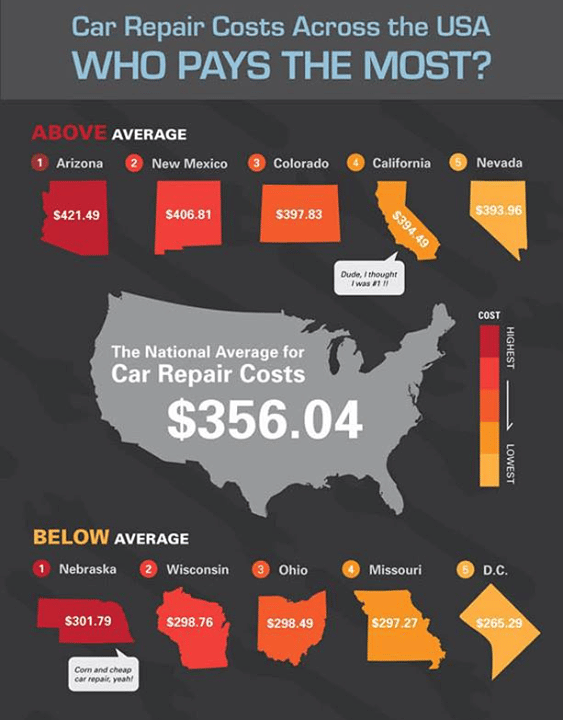Translating Your Auto'S Alert Lights: Their Real Ramifications
Translating Your Auto'S Alert Lights: Their Real Ramifications
Blog Article
Staff Author-Lauritsen Alvarado
When you lag the wheel, those beautiful warning lights on your control panel can be a bit bewildering. Do you understand what they're attempting to tell you concerning your auto's wellness? Understanding the relevance of these lights is vital for your safety and security and the longevity of your lorry. So, the next time one of those lights turns up, wouldn't you intend to understand its message precisely and take the necessary actions to address it?
Common Warning Lights and Interpretations
Determine common warning lights in your automobile and comprehend their significances to guarantee secure driving.
One of the most typical warning lights consist of the check engine light, which indicates issues with the engine or discharges system. If this light begins, it's important to have your automobile examined immediately.
The oil stress alerting light indicates low oil stress, calling for immediate attention to prevent engine damages.
A flashing battery light might recommend a damaged charging system, potentially leaving you stranded otherwise resolved.
The tire stress monitoring system (TPMS) light informs you to low tire stress, impacting automobile stability and fuel efficiency. Overlooking this can result in risky driving problems.
The abdominal muscle light indicates a problem with the anti-lock braking system, jeopardizing your ability to stop swiftly in emergencies.
Last but not least, the coolant temperature advising light warns of engine getting too hot, which can result in serious damage if not settled swiftly.
Understanding these common caution lights will assist you address problems quickly and keep risk-free driving problems.
Significance of Prompt Interest
Comprehending the usual warning lights in your auto is just the primary step; the relevance of immediately resolving these cautions can not be stressed sufficient to ensure your safety when traveling.
When a warning light brightens on your dashboard, it's your car's way of communicating a possible concern that requires interest. Overlooking https://brakepads51728.tusblogos.com/29973713/the-ultimate-guide-to-vehicle-explaining-materials-what-every-novice-needs-to-know can result in a lot more extreme problems later on, endangering your safety and security and potentially costing you much more in repairs.
Motivate focus to alerting lights can stop failures and mishaps. As an example, a blinking check engine light might show a misfire that, if left ignored, might cause damage to the catalytic converter. Addressing car deep clean can save you from an expensive repair service.
In a similar way, a brake system alerting light might indicate reduced brake fluid or used brake pads, critical components for your safety and security when driving.
DIY Troubleshooting Tips
If you observe a warning light on your dashboard, there are a couple of DIY repairing tips you can attempt before seeking professional help.
The very first step is to consult your auto's guidebook to comprehend what the particular warning light indicates. Sometimes the concern can be as straightforward as a loose gas cap triggering the check engine light. Tightening the gas cap may settle the problem.
An additional typical concern is a reduced battery, which can activate different advising lights. Checking detail car cleaning for rust and guaranteeing they're safe may fix the trouble.
If a caution light continues, you can attempt resetting it by disconnecting the car's battery for a couple of minutes and after that reconnecting it. In addition, checking your automobile's fluid degrees, such as oil, coolant, and brake liquid, can aid troubleshoot alerting lights connected to these systems.
Verdict
To conclude, recognizing your vehicle's caution lights is important for keeping your lorry running smoothly and securely. By without delay dealing with these alerts and knowing what they imply, you can avoid expensive repair work and prospective failures.
Bear in mind to consult your auto's guidebook for certain information on each warning light and act appropriately to make sure a hassle-free driving experience.
Keep educated, remain secure when traveling!
